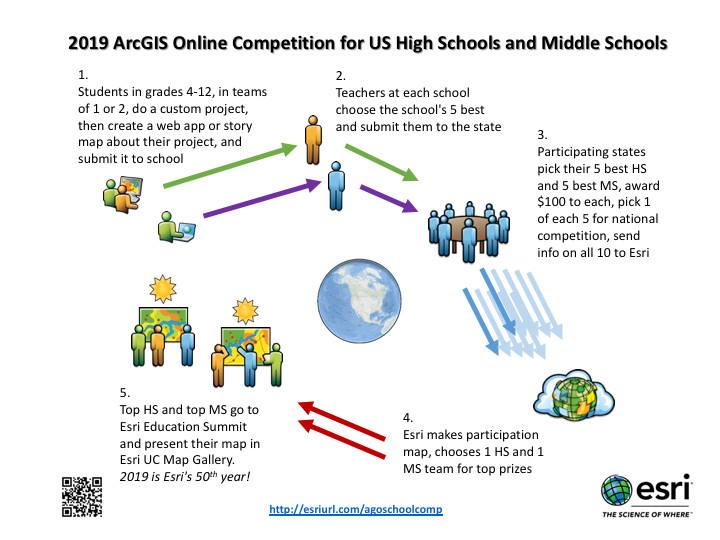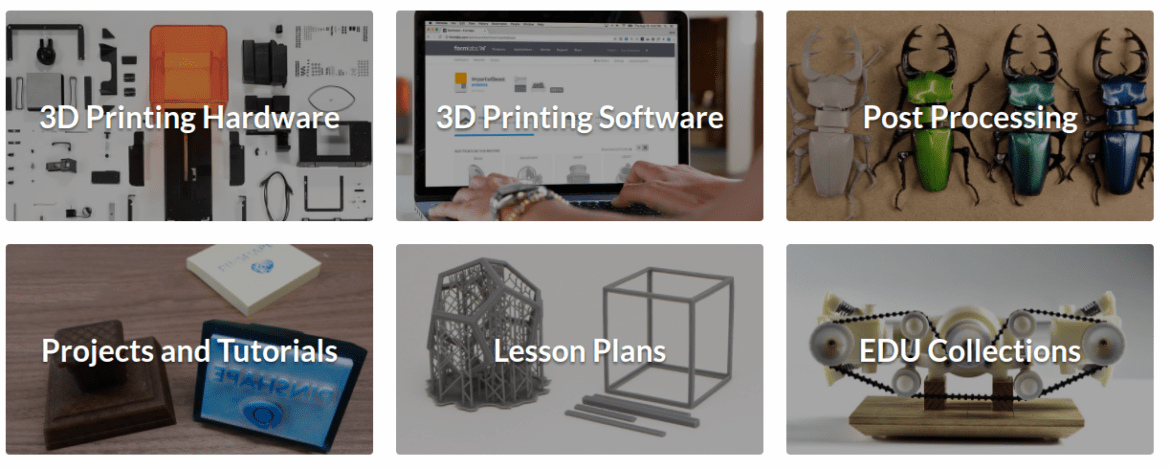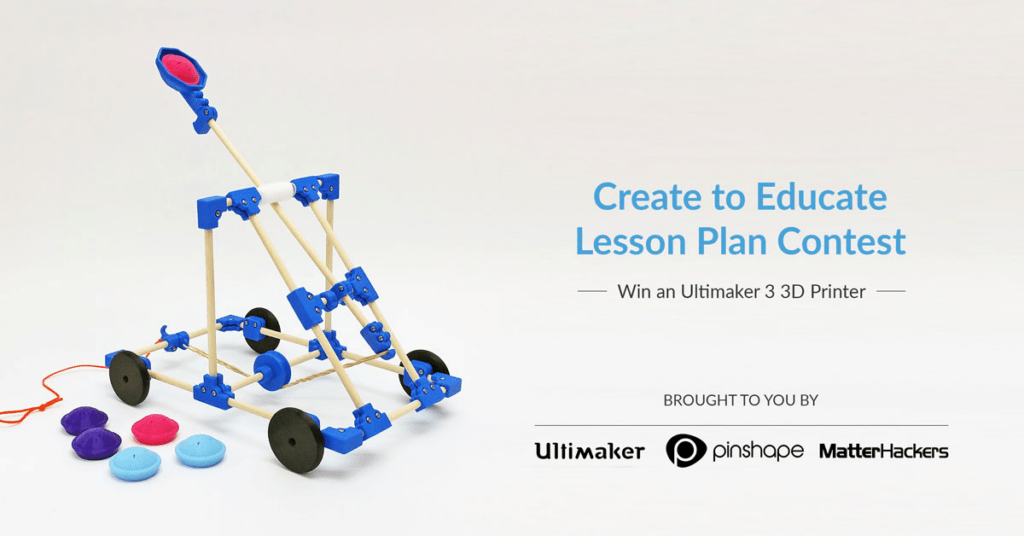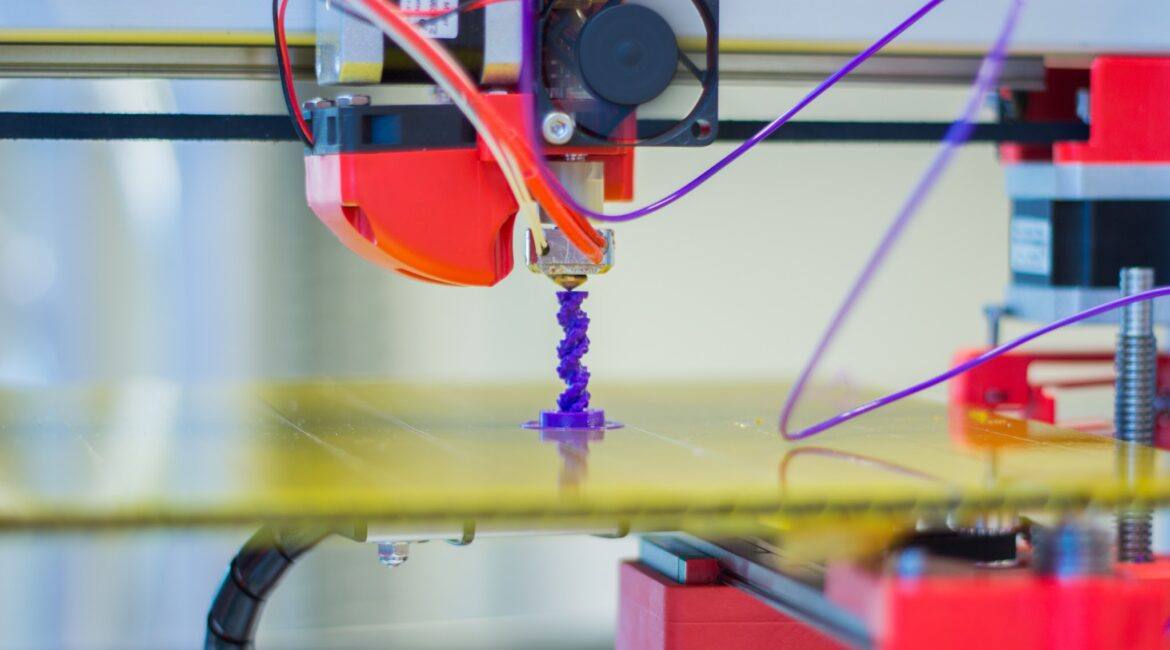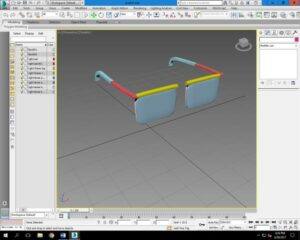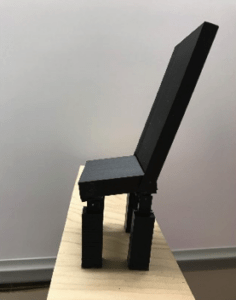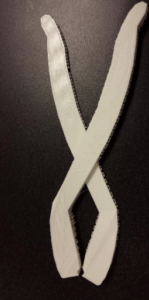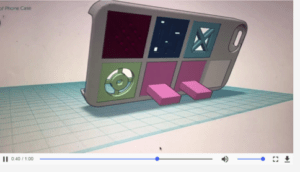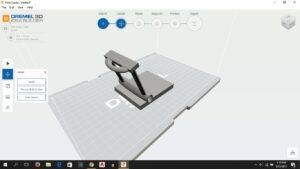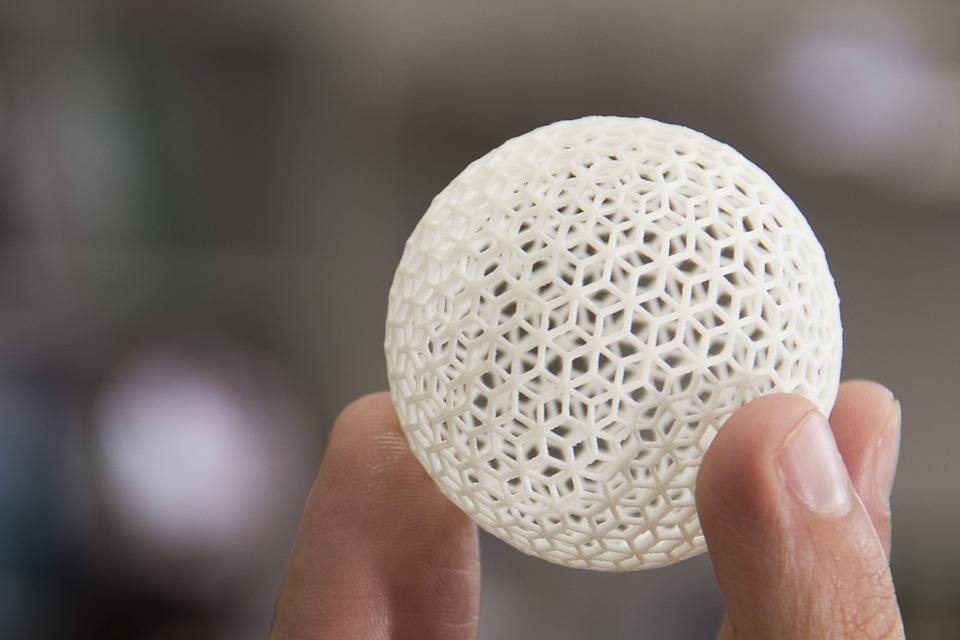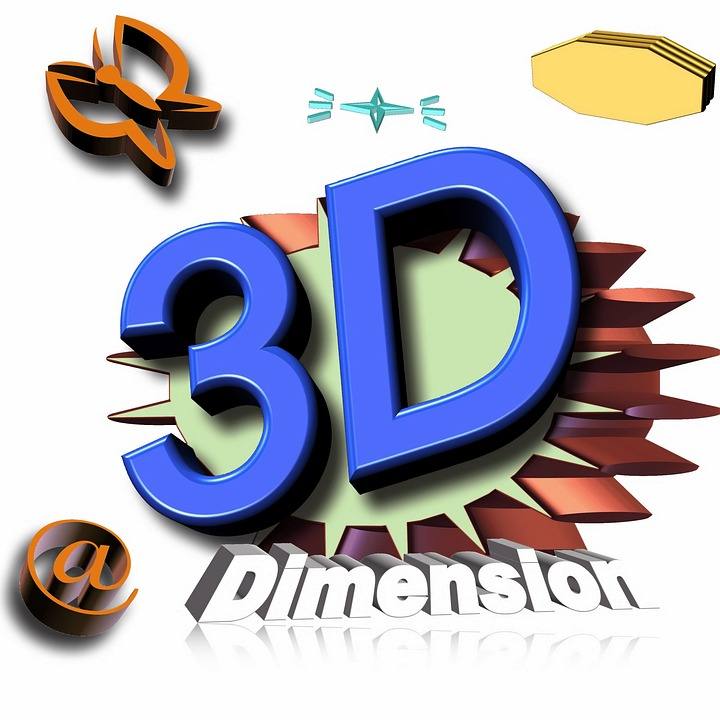Due to the pandemic, the gold standards of contest and convention platforms had to go through a big change. Whirli-bots: Motion Commotion became the first-ever TCEA Virtual Robotics Contest (VRC.)

Taking the Contest Virtual
In converting our contest, our initial conversation always kept in mind these questions:
- Were schools involved with robotics offering remote learning, face-to-face, or a combination of remote and F2F?
- Would teams have access to robotics equipment?
- Could interruptions happen to send students home for extended periods of time?
- Would teams be able to meet and work on their robot?
- Would districts allow their students to travel?
So with these questions in mind, we left the contest as open-ended as possible with a set of minimum parameters. We believe that creative ideas come from fewer instructions rather than more. Creativity would not just involve robot design and performance, but video content.
This competition let students become creators, videographers, and promoters. Teams could work on their entry from school or a remote learning environment. Another twist to the contest was changing up the divisions. Teams entered by two categories:
- Grade level (K-2, 3-5, 6-8, and 9-12)
- Geographical locations (North + Out of State, East, West, and South)
Awards
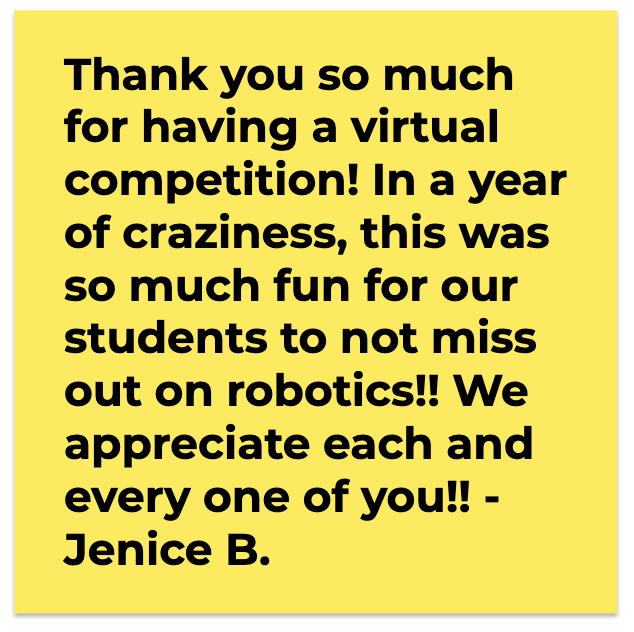
Because this was a different kind of contest, TCEA did not award traditional places (1st, 2nd, 3rd.) We established one award for the most votes received on the submission platform. The main goal for the VRC was to avoid limiting creativity, so we recognized accomplishments after watching the submissions. The judges came up with several awards:
- Innovative Design
- Texas-Sized Creativity
- Out of the Box Design
- Engineering Excellence
- The Whole Enchilada
- Impressive Build
- Scientific Spin
- Lone Star
The judges were certainly pleased with all the great video submissions.
See the full list of winners here.
Are You Ready for Your Robotics Contest to Go Virtual?
If you are planning your own virtual robotics competition, here is the list of components we used to plan the 2020-21 TCEA virtual event:
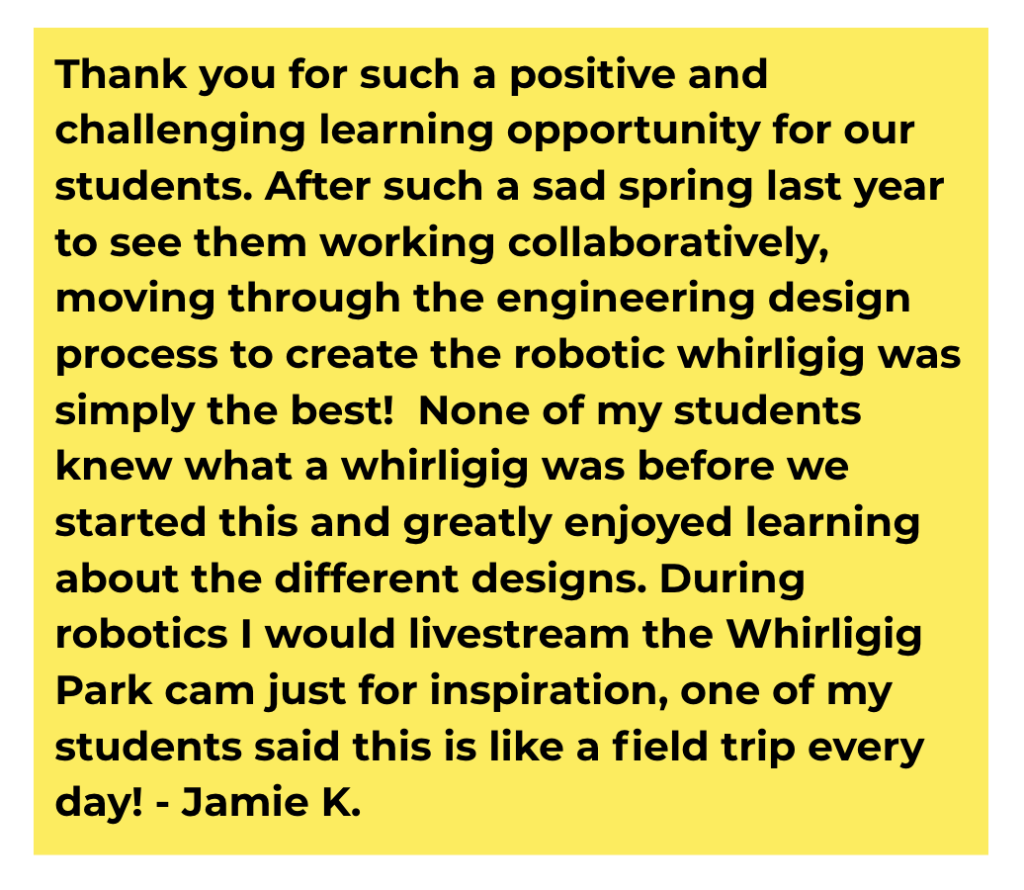
- Divisions (grade, age, or geographical)
- Registration (Google Form, database, email)
- Submission platform (We used Woobox – free and fee-based options)
- Timeframe (registration, entry and closing dates, voting)
- Student release forms
- Budget (fees and other expenses)
- Contest challenge or prompt
- Website (display the contest information)
- Rules
- Visual examples (engineering design process, videos, other resources)
- Judges
- Awards
Feel free to reach out to Katie (treat@tcea.org) or myself (preimers@tcea.org) for more information on planning your very own virtual competition.

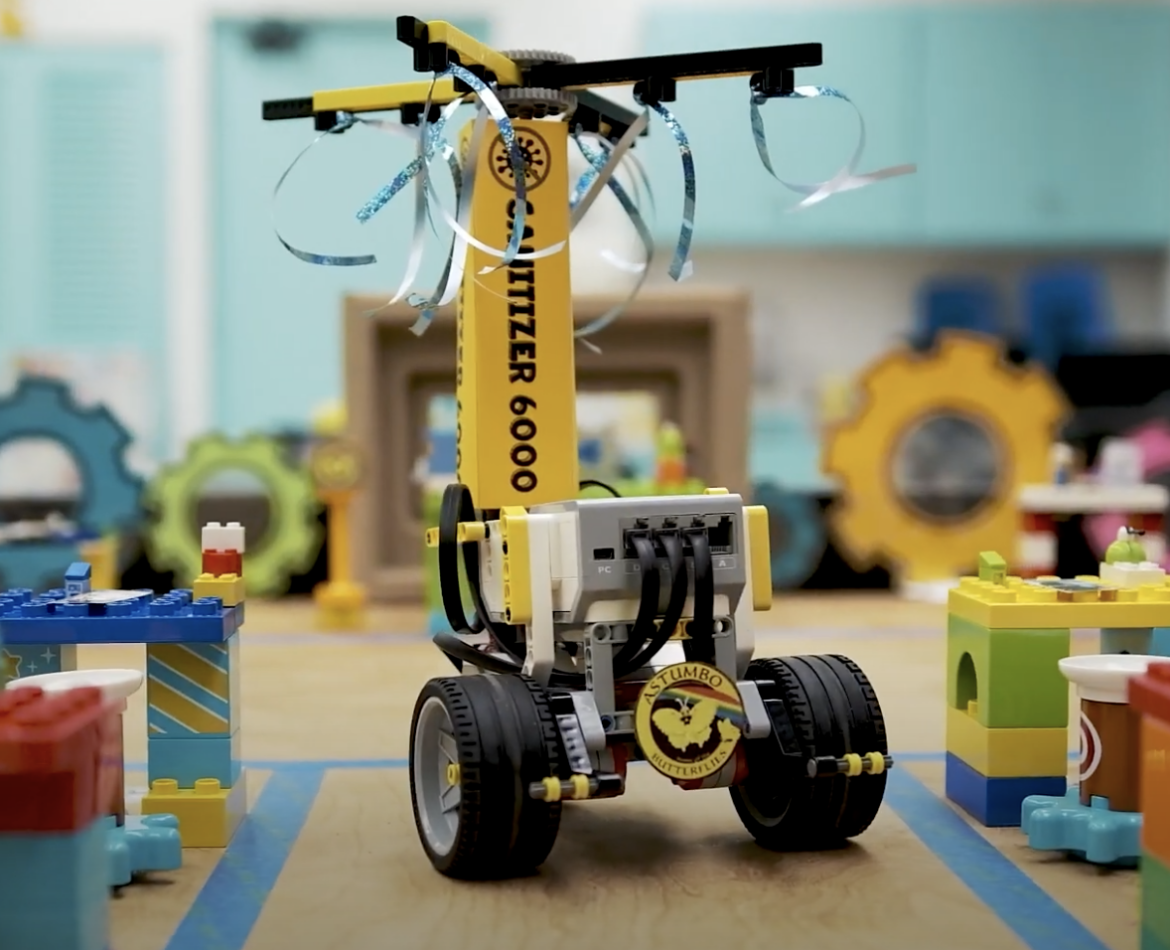
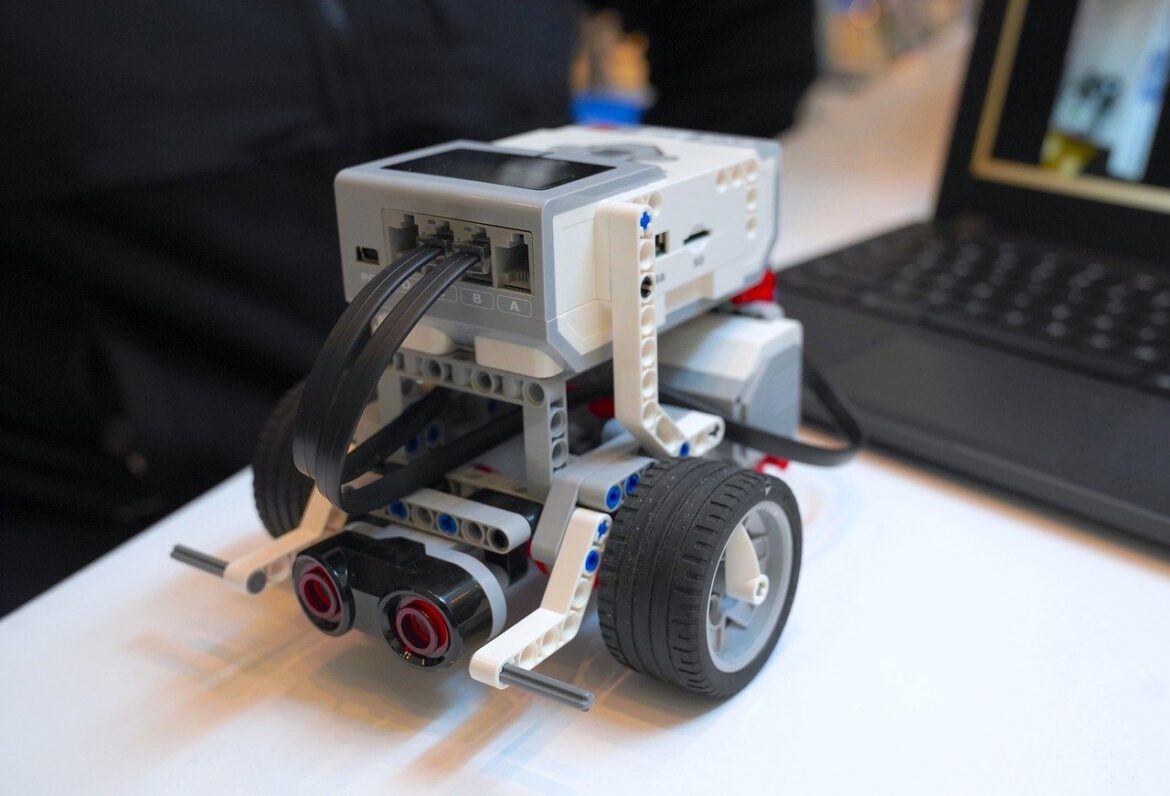

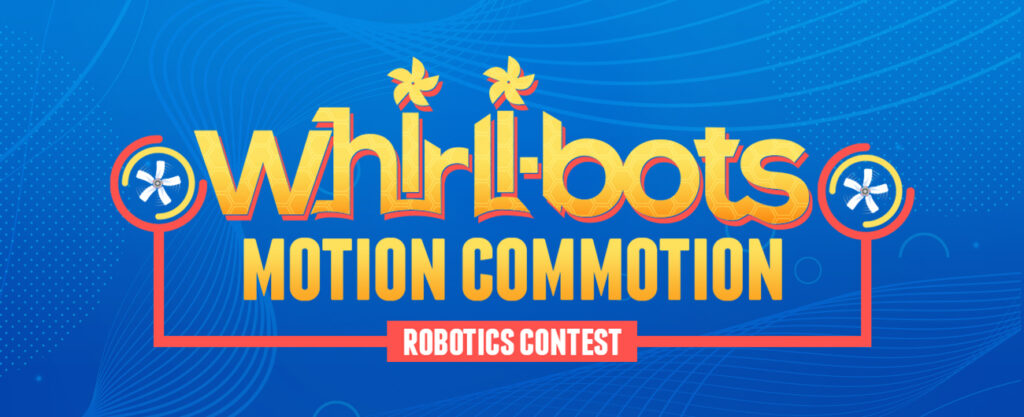

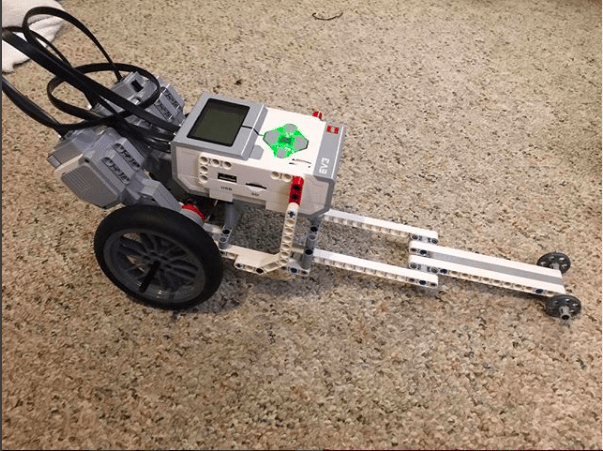
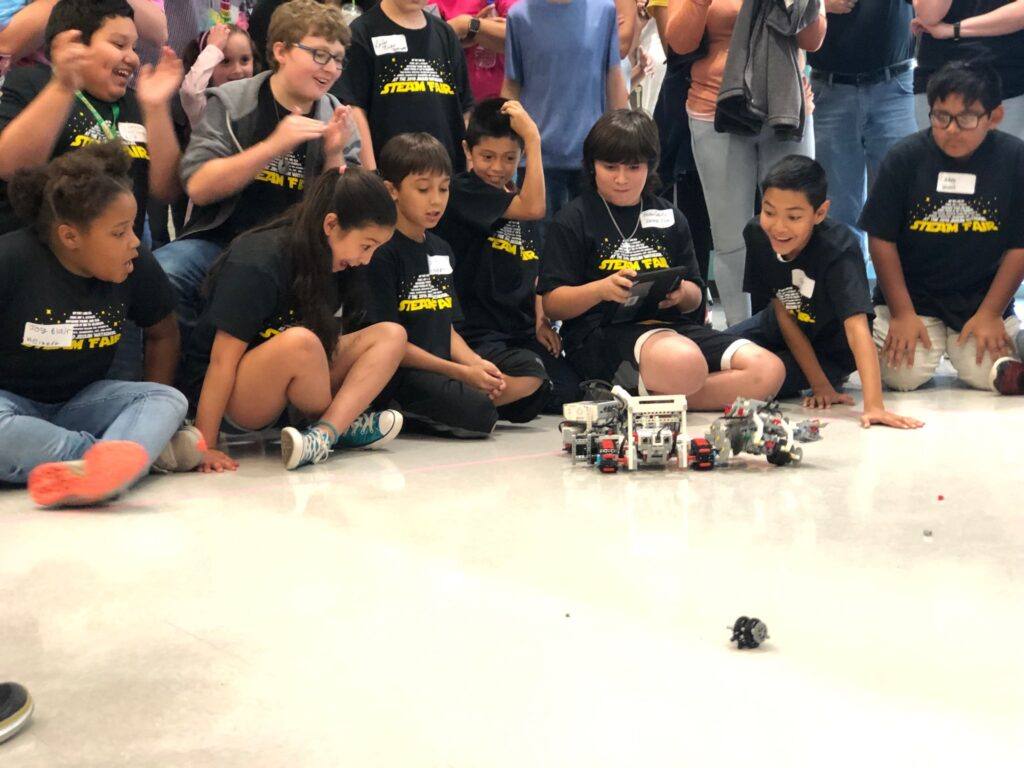
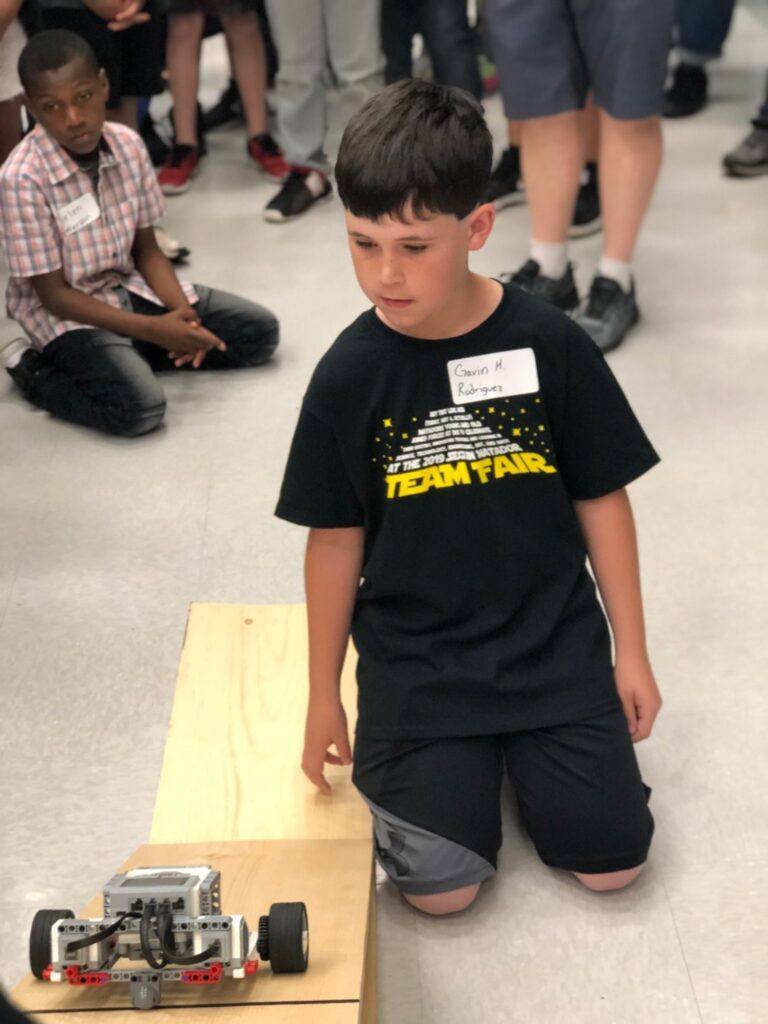
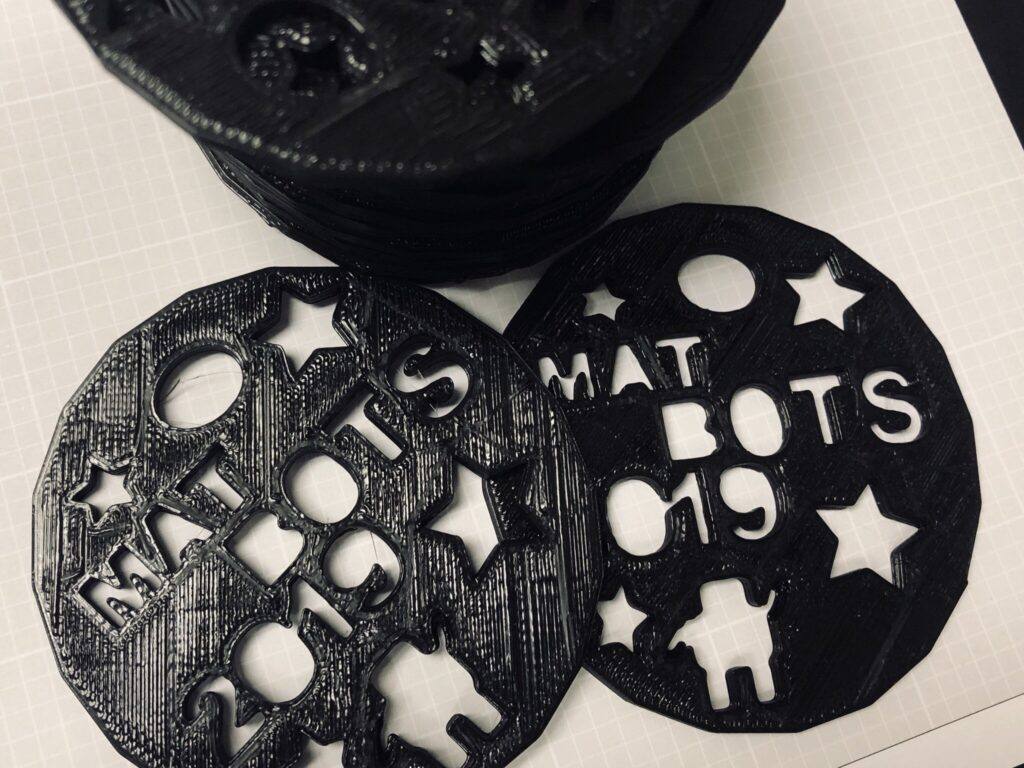
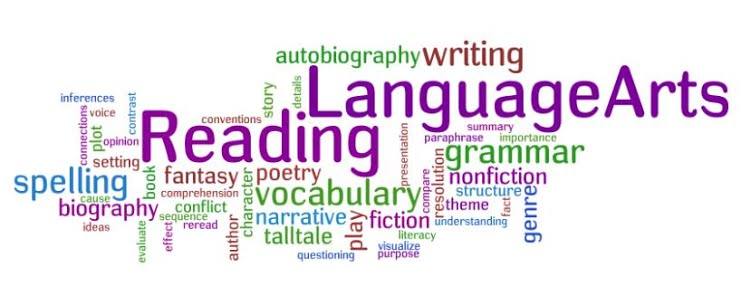


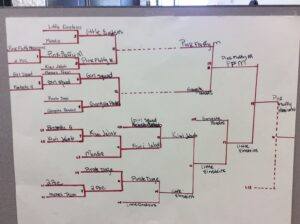
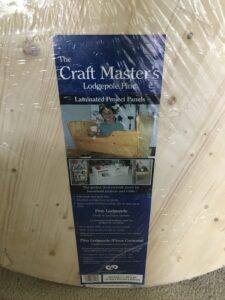
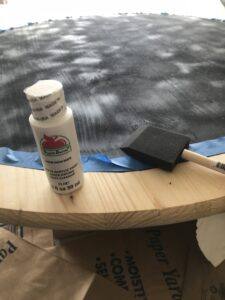
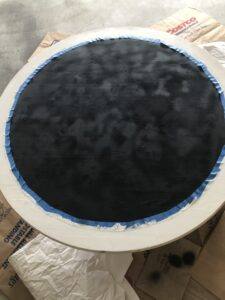
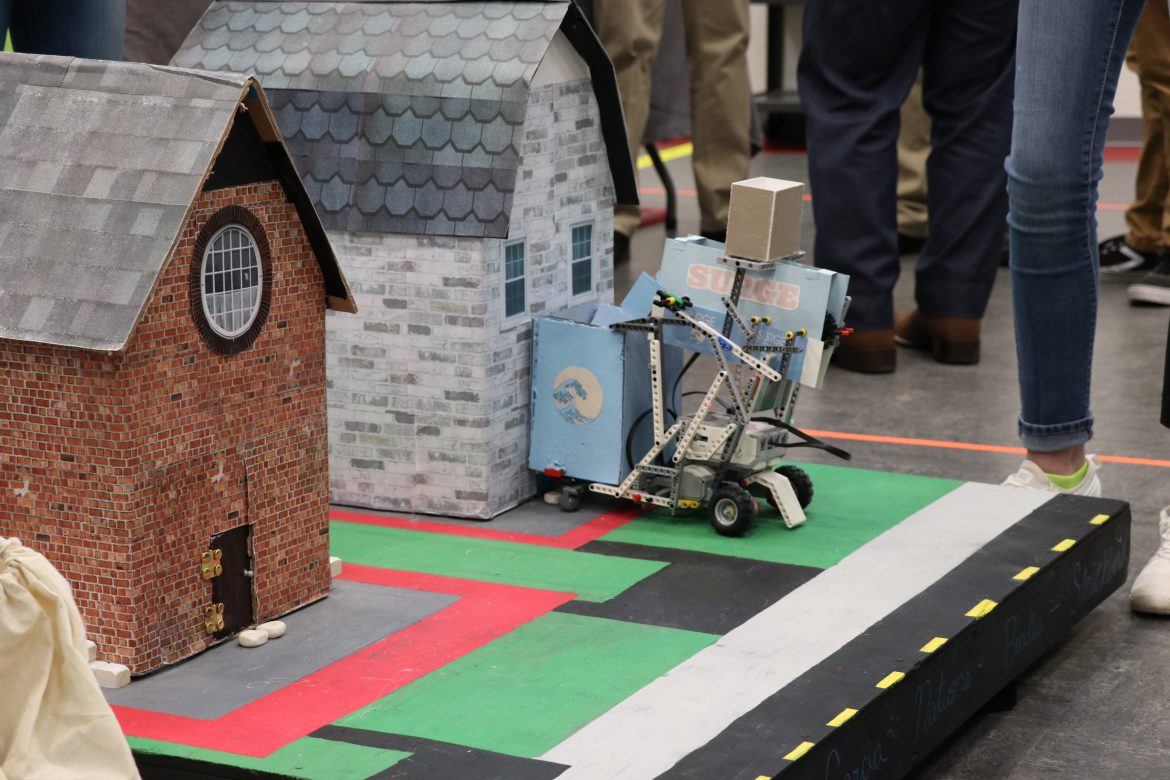
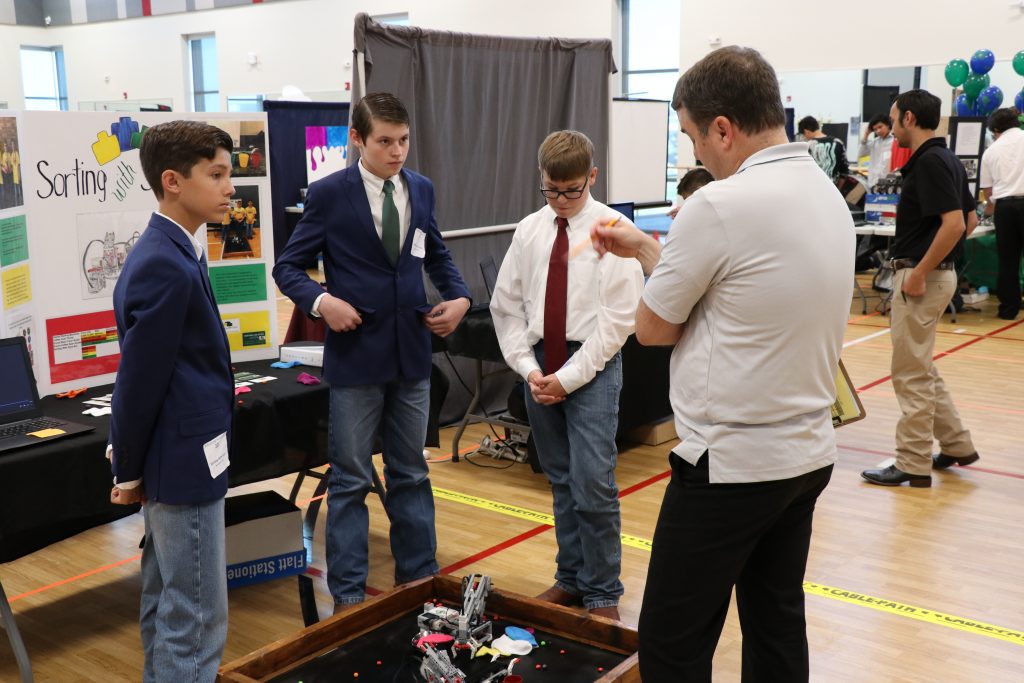
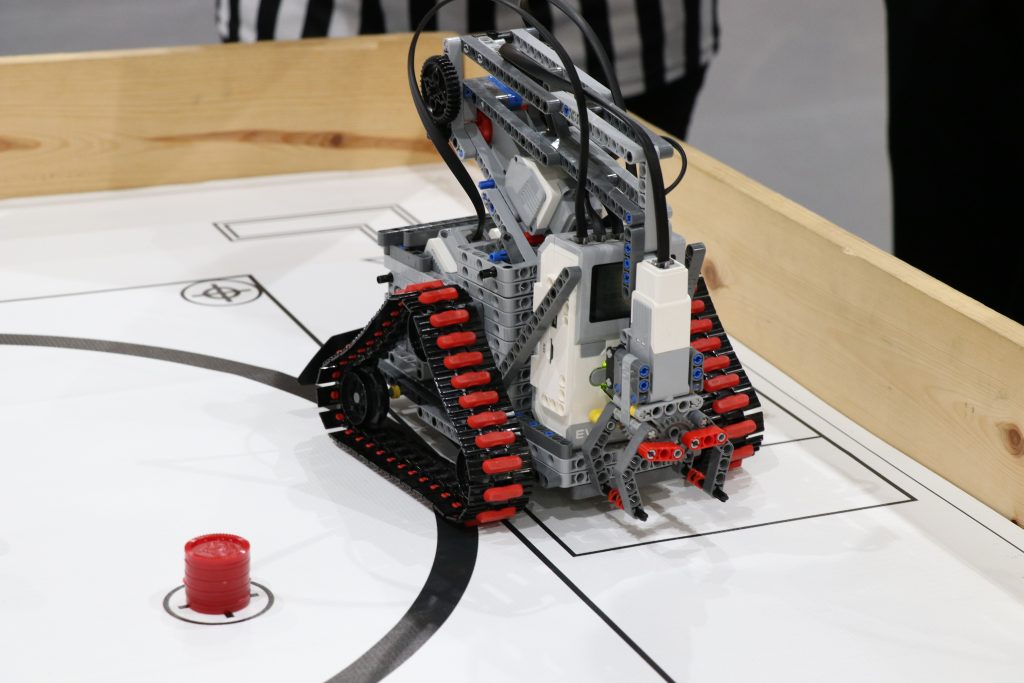
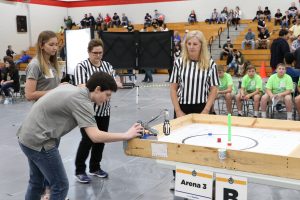 The familiar “Charge!” fanfare plays, but instead of being followed by the thud of a bouncing ball and the squeaks of gummy shoe soles, the room fills with the whirs of gears and the occasional shout as a robot gets stuck or misses a step in the complex problem set each team must attempt to complete.
The familiar “Charge!” fanfare plays, but instead of being followed by the thud of a bouncing ball and the squeaks of gummy shoe soles, the room fills with the whirs of gears and the occasional shout as a robot gets stuck or misses a step in the complex problem set each team must attempt to complete.